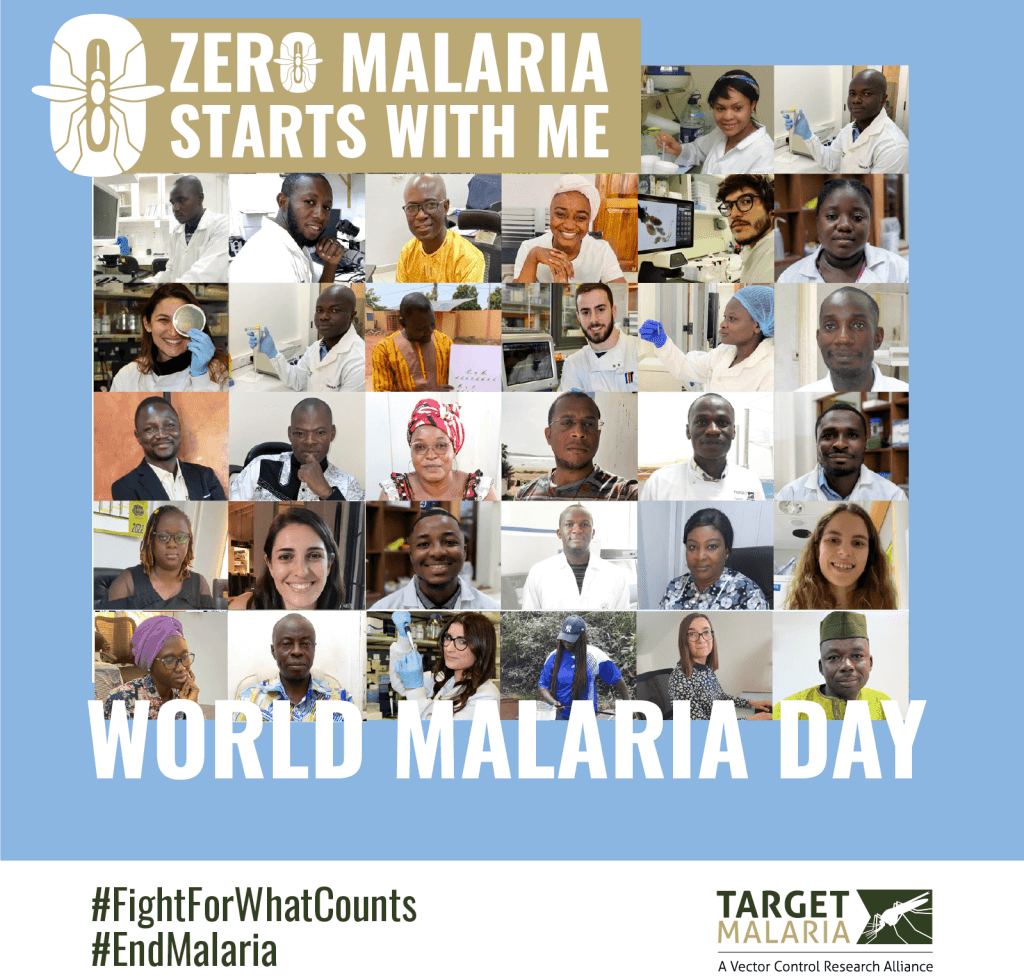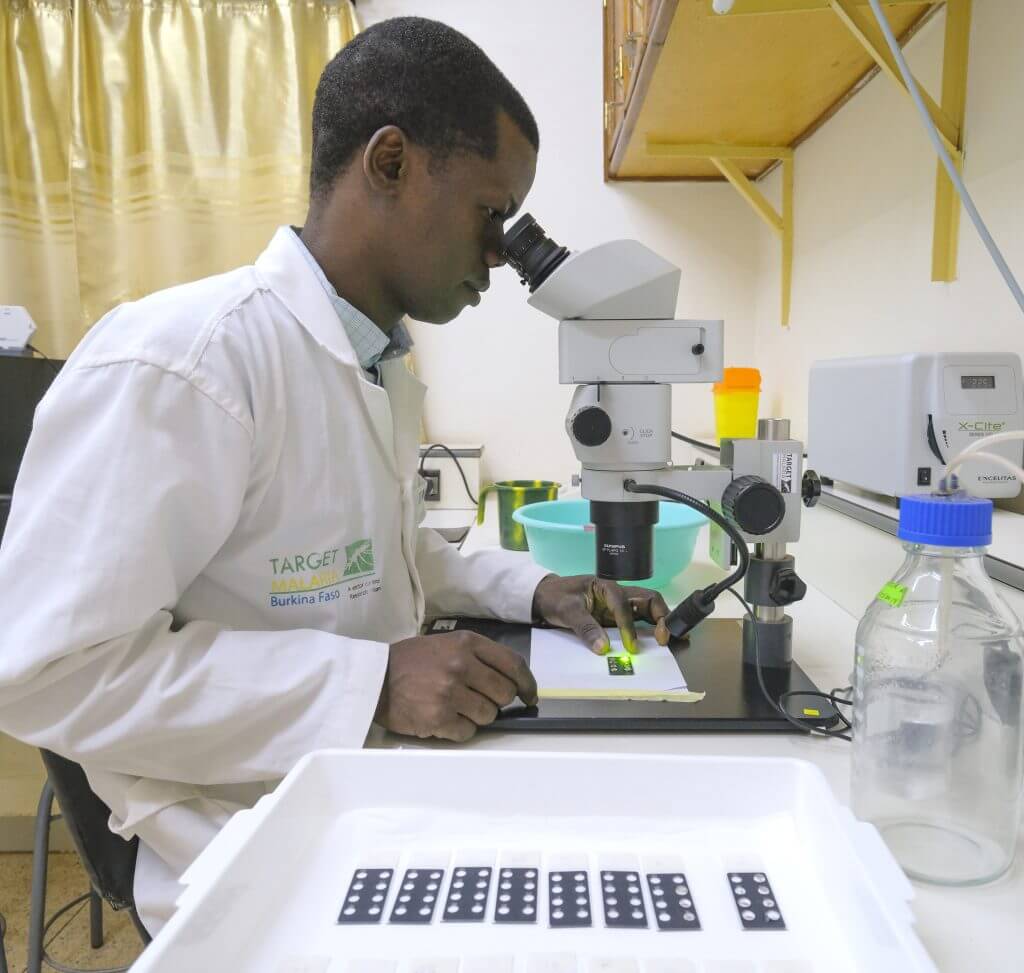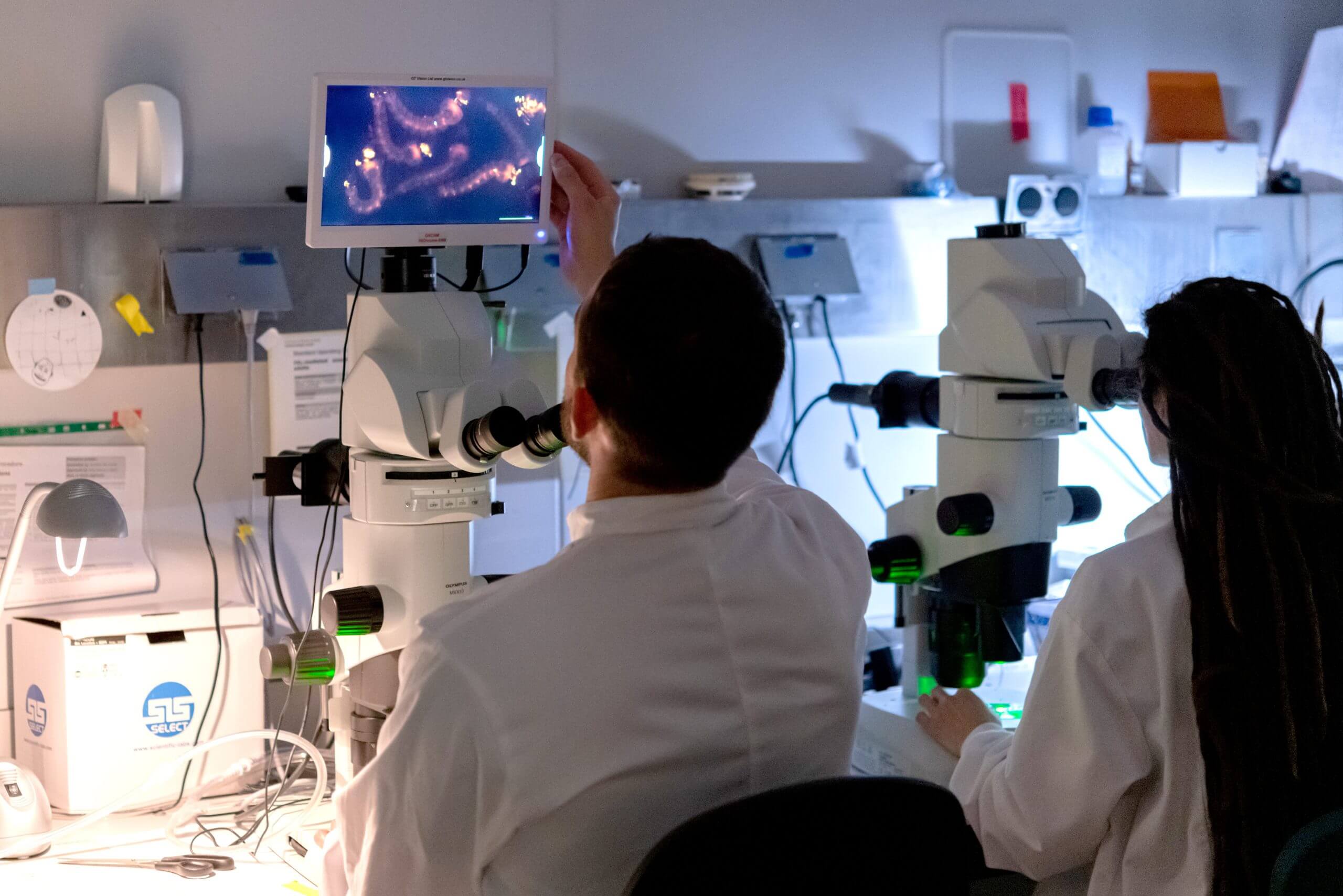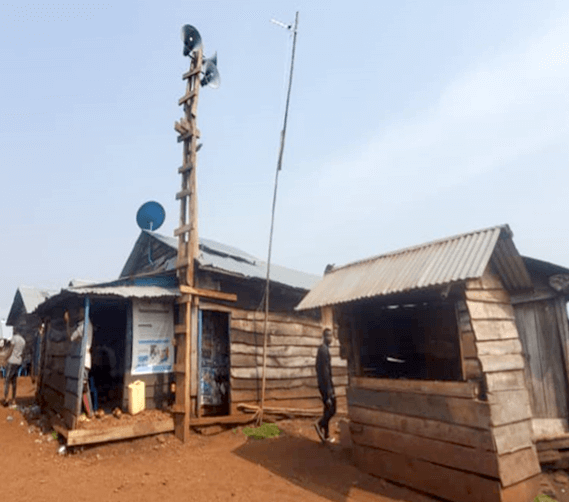Harnessing Innovation at Target Malaria this World Malaria Day


Malaria is one of the world’s oldest diseases, yet still today takes the life of a child every minute. This World Malaria Day, we are calling on global leaders to fight for what counts and contribute towards the full replenishment of the Global Fund. A fully replenished Global Fund would allow us to harness innovation to save more lives and maximise impact to bring the world closer to ending malaria.
At Target Malaria, we are proud to be harnessing innovation across the different pillars of our project. We are developing innovative approaches in molecular biology, entomology and genetics, developing a new corpus of work on stakeholder engagement, creating practical science communications tools, building state-of-the art insectaries in Africa, sharing our research with rural communities in Africa, and establishing multi-disciplinary, multi-cultural and international partnerships with research institutions in Africa, Europe and North America.


Driving innovation around genetic technologies
Target Malaria is driving innovation around genetic technologies that could be used to help eliminate malaria. Recently we published the entomological results around the first release of genetically modified mosquitoes in Africa in 2019 in Western Burkina Faso in Nature Communications. The insights gained from this paper are helping pave the way for the long-term goal of developing and sharing a genetically modified mosquito using gene drive technology that will help eliminate malaria.
Meanwhile, the Target Malaria Ghana team have been conducting innovative research to help better understand the ecological networks that Anopheles gambiae, one of the principal vectors of malaria, inhabit. The research studies the ecological relationships of An. gambiae with other species in the community including its larval competitors, adult predators and the plant species it may help pollinate.

Last year, Target Malaria scientists working at Imperial College and Polo GGB successfully demonstrated that gene drive mosquitoes were able to reduce malaria mosquito populations in laboratory settings mimicking natural environments in a paper published in Nature Communications. This marked an important achievement in Target Malaria’s phased approach to developing an innovative malaria control technology, complementary to existing tools. Mathematical modelling plays an important role in both our project and in the field of gene drive research, to help guide the laboratory research and predict how performance in the lab will translate into impact in the field. Last year, we used mathematical modelling to investigate how sequence differences between populations could be used to restrict the spread of a gene drive construct; how sequence differences in the same population in different years can be used to estimate the number of mosquitoes; the conditions under which a gene drive is expected to suppress or eliminate a target population; and the conditions under which resistance to a gene drive is likely to evolve.
Innovative approaches to communications and stakeholder engagement
In parallel to the work being conducted on innovating genetic technologies, our stakeholder engagement teams have been investigating new ways of communicating and engaging with local communities. Our communications officers have been using microprogrammes to engage rural communities in Ghana and Uganda. These involve using handheld megaphones and community loudspeakers to broadcast information around Target Malaria’s research, scope of work, and activities in the local area such as mosquito collections. Our teams have also used theatre to communicate about the project and share information about new phases of our work in Burkina Faso and Mali, as presented in this recently published paper in Nature.

Our stakeholder engagement teams have also been innovating around language, creating a glossary to communicate with rural communities in Uganda, Burkina Faso and Mali about our research. As Target Malaria works across different countries and cultures, establishing a meaningful dialogue with stakeholders can sometimes mean overcoming linguistic challenges, including translating the scientific terminology relating to gene drive. As outlined in a paper in Malaria Journal, our teams worked with local communities in Mali, Burkina Faso and Uganda to co-develop a common glossary for the terminology used by our project, agreeing on translations into local languages for terms such as “gene drives”, “gene editing”, and “entomology”. Our vision is to contribute to a world free of malaria, and we are proud to be innovating across the different pillars of our project to achieve this goal. This World Malaria Day, let’s harness innovation to advance equity, build resilience and end malaria.
